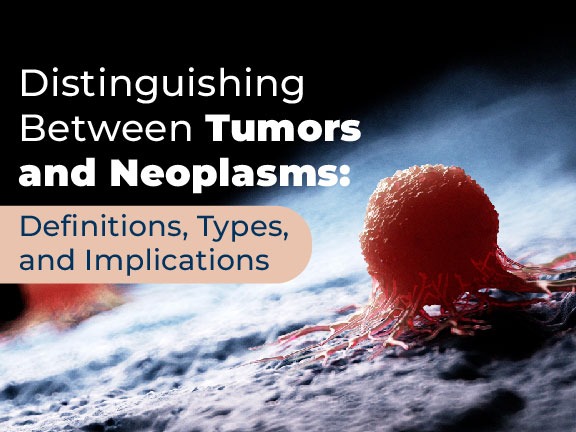DLBCL, or Diffuse Large B Cell Lymphoma, represents one of the most common types of non-Hodgkin lymphoma (NHL) worldwide. This aggressive cancer affects the lymphatic system, which is part of the immune system, making its detection and treatment crucial for patient survival. Characterized by the rapid growth of tumors from lymphocytes (a type of white blood cell), DLBCL can occur in virtually any part of the body.
DLBCL is a condition that demands immediate attention, as its progression can be swift and life-threatening. The management of this disease has evolved significantly over the years, with research focusing on identifying genetic markers that can predict treatment response and prognosis. Symptoms often include swollen lymph nodes, fever, night sweats, and unexplained weight loss. Given its aggressive nature, timely and effective treatment is critical and typically involves a combination of chemotherapy and immunotherapy. The goal of treatment is not only to achieve remission but also to prevent relapse, which requires a tailored approach based on the patient’s specific condition and response to initial therapy.
Advances in medical science have led to the development of targeted therapies, such as monoclonal antibodies, which specifically attack cancer cells, sparing healthy tissue and reducing side effects. This personalized approach to treatment has improved outcomes for many patients, underscoring the importance of ongoing research and clinical trials in the fight against this disease. As understanding of the disease deepens, it is hoped that more effective treatments with fewer side effects can be developed, ultimately leading to higher survival rates and better quality of life for patients diagnosed with this challenging condition.

DLBCL Disease
Diffuse large B cell lymphoma (DLBCL) is a prevalent form of non-Hodgkin lymphoma that significantly impacts the immune system’s ability to fight infections and disease. As the most common subtype, DLBCL cancer manifests aggressively, necessitating prompt and effective treatment strategies to manage the disease. One of the primary treatment regimens for DLBCL is R-CHOP chemotherapy, a combination therapy that has shown significant success in improving patient outcomes.
R-CHOP consists of five components: rituximab, cyclophosphamide, doxorubicin, vincristine (Oncovin), and prednisone, collectively known as R-CHOP drugs. The inclusion of rituximab, a monoclonal antibody, targets specific cells, enhancing the efficacy of the chemotherapy regimen. Understanding what is R-CHOP and how it works is crucial for patients and their families as they navigate the treatment process.
While DLBCL represents a significant portion of lymphoma diagnoses, other types, such as follicular lymphoma and mantle cell lymphoma, exhibit different patterns of progression and symptoms. Follicular lymphoma symptoms can be more indolent or slow-growing compared to the aggressive nature of DLBCL, while mantle cell lymphoma presents its own unique challenges in treatment and prognosis.
Another lymphatic system malignancy, chronic lymphocytic leukemia (CLL), also affects the white blood cells but typically progresses more slowly than DLBCL. Each of these diseases, including diffuse B cell lymphoma, underscores the complexity of lymphatic cancers and the necessity for a personalized approach to treatment.
The DLBCL medical abbreviation stands for diffuse large B-cell lymphoma, emphasizing the disease’s characteristics – the rapid growth of large cell tumors in the lymph nodes or other parts of the body. Accurate diagnosis and classification, such as using the DLBCL ICD 10 code, are essential for effective treatment planning and management.
In conclusion, the battle against DLBCL disease and related lymphomas continues to evolve, with R-CHOP chemotherapy playing a pivotal role in treatment strategies. Ongoing research and clinical trials are crucial for developing more targeted therapies that can offer hope and improved quality of life for patients facing these challenging conditions.












